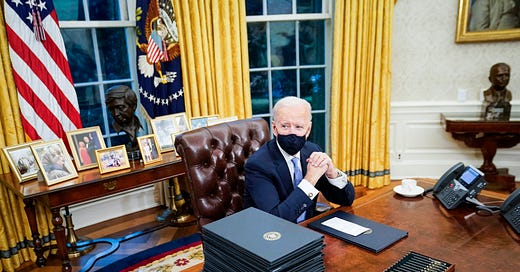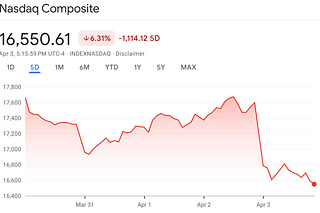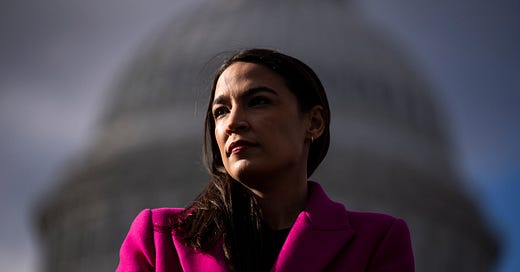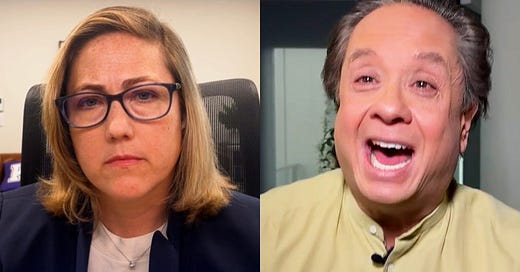
Energy (and Honesty) in the Executive
A spectral administration of lies is swept out, replaced by an active new team and a president talking of unity.

On Tuesday, the day before the end of the Trump administration, I found myself walking to the West Wing on a damp, cold morning.
Just before I pushed the button that opens the Brady Briefing Room door, I glanced up, as I occasionally do, at the White House residence.
The famous large arched window on the third floor, a central feature from that vantage point, caught my eye. The curtains, usually drawn, were open. Standing and staring out at the White House campus was a female figure. She looked like a ghost. I blinked. It appeared to be the first lady, Melania Trump.
She seemed to be looking right at me. I waved.
She didn’t move or return the gesture. But the curtains slowly closed. I felt a sudden cold wind and I shivered. It was like the closing scene in a Gothic horror film. Very Turn of the Screw.
A network photographer I know walked up behind me and said, “I saw that. I’m a witness.”
For the past four years we’ve all stood witness to the attempted destruction of the republic. Donald Trump’s final days in office were a startling reminder, for those who still want to hear the truth, that his coup attempt failed and the commander in chief of the United States was a traitor to the oath he took four years ago.
His last two days in particular were void of any activity other than calculated executive orders and pardons—which included Steve Bannon. Trump couldn’t tweet. He was rarely seen and seldom heard. His West Wing offices became an empty cavern: Pictures were taken down from walls. Boxes appeared. People disappeared. The U.S. government’s executive branch came to a screeching halt—although it’s debatable whether or not it had been moving since the November election.
Along with other reporters and photographers, I watched Trump leave in Marine One from the North Lawn. More than one reporter said they felt as if a weight had been lifted. But what struck me was someone saying, “I wonder what he’s thinking right now?”
That is a central question all voters want answered when it comes to any president.
It isn’t in the president’s best interest to always tell us what he’s thinking. Indeed, it may ultimately not be in the best interest of the people of the United States to know exactly what he’s thinking. But he cannot lie. Trump didn’t understand this simple maxim, or just couldn’t resist breaking it. He let us know what he was thinking every minute of every day with every tweet and every action. He was not subtle.
And he lied with abandon. He was not subtle about that either.
I spent the rest of inauguration day contemplating that. I wondered what Trump was thinking. And I wondered what Joe Biden thought.
A wise reporter will know when and how to ask the right question about a president’s thoughts. A wise press secretary will know how to answer those questions without giving voters the idea that the president has something to hide.
Donald Trump never once had a press secretary who knew how to thread that needle. They were all incompetent and argumentative, reflecting the very worst characteristics of their boss.
On Wednesday night, we saw something different. President Biden’s press secretary Jen Psaki, in her very first press briefing, showed she may have mastered subtlety and professionalism. At a key moment that would’ve triggered an explosive outburst under Trump’s volcanic press secretaries, Psaki was asked whether or not the president favored a conviction in the Senate on Trump’s latest impeachment. The question spoke to Biden’s claims of wanting unity in the country. Psaki said it was up to the Senate to decide Trump’s fate. In effect, she and Biden sided with the rule of law—which preempts whatever the president personally thinks—making those thoughts irrelevant. What does the president think? He thinks the Senate should decide. Biden knows his limits. He isn’t a tyrant. That was telling and Psaki made the point without bombast, without a tirade, and without trying to humiliate the reporter, in this case from Fox News, because someone dared to ask the question.
It was a huge change from any briefing that occurred during the Trump administration.
The truth is that in order to heal this country we are going to have to be accepting of the opinions of others while at the same time not tolerating crimes committed based on differing opinions. You can hate me, but you cannot act on that hate. We cannot excuse a crime based on the passion of a political opinion any more than we can forget a crime based on personal passion.
“I know speaking of unity can sound to some like a foolish fantasy,” Biden said in his inaugural address. “I know the forces that divide us are deep and they are real.”
But he also said he was intent on bridging that divide. His new press secretary’s first briefing helped to do that—by refusing to use the inflammatory rhetoric of her predecessor. She helped to sell the point that professionalism and the rule of law had returned to the White House.
It was a small step—but a necessary one.
“As the Bible says, ‘Weeping may endure for a night but joy cometh in the morning.’ We will get through this together,” Biden said on Wednesday.
Faith, they say, is its own reward. The new president is attempting to spread his faith in the Constitution and the rule of law to those who’ve forgotten it or lost it—and those who never had it.
His first day in office began at 6 a.m. and ended shortly after midnight. He gave four speeches, signed seventeen executive orders, swore in his staff, and walked with his wife down Pennsylvania Avenue to the White House.
I stood in the driveway as he walked in, a spring in his step, holding his wife’s hand and a smile on his face.
The amount of activity in the first day of the Biden White House exceeded the output of the Trump administration’s last two months in office.
Let’s see where it goes.











